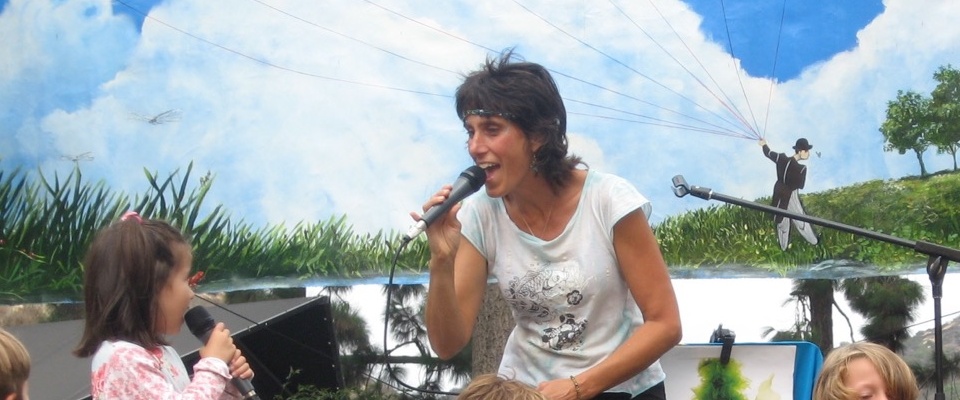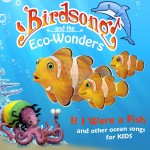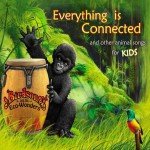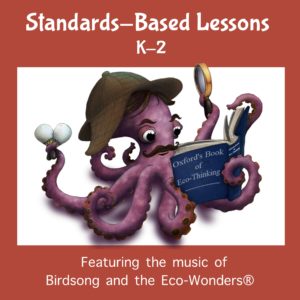Birdsong’s Blog
Watch our music video with Common Dolphins, Mothers and Calves
Ahoy Mates!
Watch more footage of common dolphins off the coast of Dana Point, CA, US. This short music video features “Clickety-Clack” from our CD “IF I WERE A FISH and Other Animal Songs for Kids.” Look closely and you might see a mother dolphin with a calf by her side. Common dolphin calves will nurse on their mother’s milk for about 6 months and are able to eat solid food at about 2 or 3 months old. Other “auntie” females in the pod will assist with the care of the young calves. Perhaps some of the adult dolphins in this video are the “aunties”. Young dolphins, like young children, need the help of family members and friends to learn and grow healthy and strong.
Did you know that each dolphin has its own name? It is believed that each dolphin has a unique whistle called a ‘signature whistle’. A dolphin calf begins to make and practice its own unique whistle in the first month of its life. The other dolphins in the pod learn that baby’s whistle; and each member of the pod recognizes each other by their signature whistles. Very smart, indeed!
In addition to whistles, dolphins also use clicks, grunts and squeaks to communicate. Researchers believe that dolphins combine their sounds to create a vocabulary of over a million dolphin ‘words’ or phrases. This allows them to stay in close communication with one another, even when they are miles apart in the sea. Dolphins are masterful communicators and we have so much more to learn about how they use their sound to navigate through an immense ocean as well as to cultivate their social relationships with family members and friends.
Read more about this beautiful species called “Common Dolphin” in my previous blog post. I never tire of encountering this species! Do you know about a dolphins’ special ability called echolocation? Read about it here.
Your Singing First Mate and Naturalist,
Birdsong
« Previous Post: Watch this video of a common dolphin superpod!
Next Post: Listen to Baby Humpback Whales “Whisper” to their Mothers »







